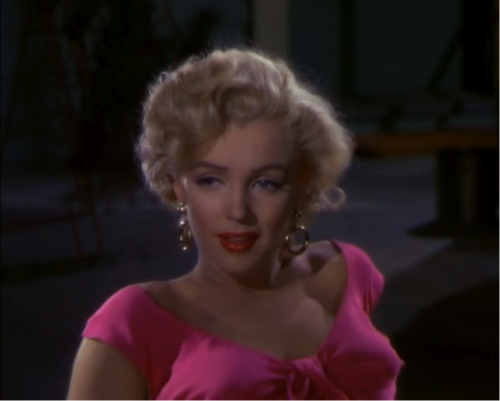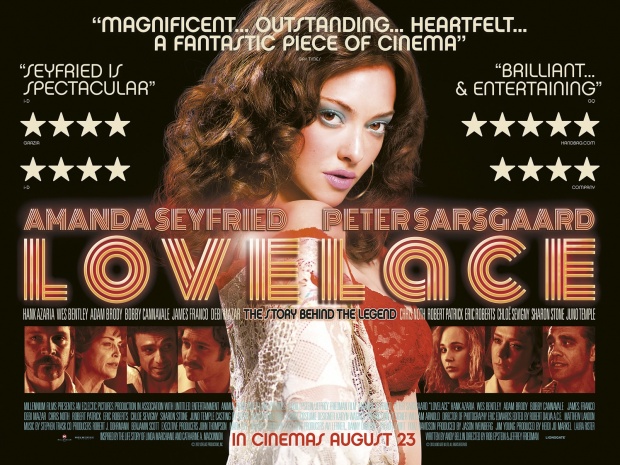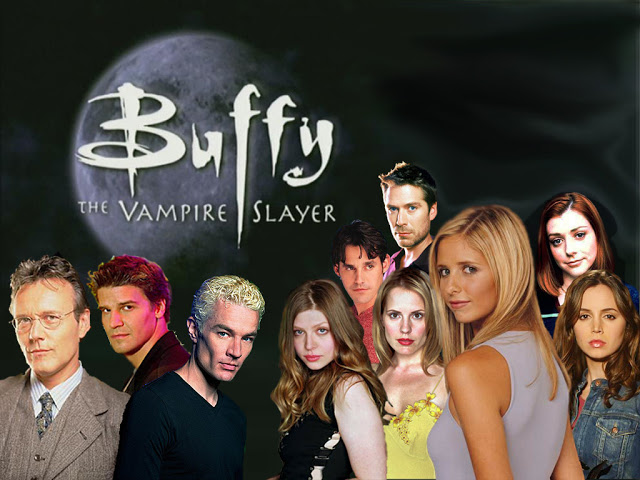
This guest post by Gabriella Apicella appears as part of our theme week on The Great Actresses.
“I seem to be a whole superstructure with no foundation. But I’m working on the foundation.” So said Marilyn Monroe to a reporter just weeks before she died at the age of 36 in 1962.
For the superstructure of Marilyn Monroe to have remained standing over 50 years after her death, the foundations have turned out to be stronger than anyone realised or appreciated during her lifetime. Many reappraisals of her extraordinary talent and appeal have been undertaken since then, and none so vital as the book Fragments, and the documentary Love, Marilyn, in which the woman speaks for herself.
As a fan from the moment I first saw her sheathed in magenta on a 17-inch TV screen when I was just 8 years old, it is difficult to deliver an unbiased account of her appeal, so I won’t try. Nor can I offer the in-depth analysis of Carl Rollyson’s excellent book Marilyn Monroe: A Life of the Actress.
However, as a simple introduction to those yet to understand the fanaticism and devotion Marilyn Monroe continues to provoke from her fans, below are some examples of her less well-known appearances. These prove the woman should be remembered as much for being the fine screen actor she was, just as much as the icon she has become.
Unfortunately, Marilyn Monroe was seldom cast in a truly excellent role.* There was no Casablanca, Vertigo, Anna Christie, or Breakfast at Tiffany’s, though she performed scenes from Anna Christie to great acclaim on stage at the Actors’ Studio, and Truman Capote wrote Breakfast at Tiffany’s for her. Rather it is her presence that lifts otherwise mediocre fare into essential viewing. Her leading men were frequently unable to match her charisma onscreen, so the dynamism of pairings such as Eva Marie St and Marlon Brando, Audrey Hepburn with Gregory Peck, or Cary Grant and Ingrid Bergman was also unrealised.
Despite this, even from her earliest roles in The Asphalt Jungle and All About Eve, she delivers nuanced and sensitive performances of rather bland parts, making a forgettable supporting role into a highlight of both iconic films. Most interesting at this point of her career however, are two lesser known B-movies that showcase a very different Marilyn Monroe, and demonstrate how versatile she was. In a small role as a fish-cannery worker in Clash By Night, brawling with her fiancé, drinking beer and talking back, she is the antithesis of what we expect to see from the ultimate Queen of Hollywood. She is also entirely believable with a feisty strength that is downright thrilling to watch her embody, free from glamorous evening gowns and makeup. Holding her own alongside Barbara Stanwyck is no easy feat, yet she accomplishes this with apparent ease, and displayed the potential to one day match her co-star’s critical acclaim.
Months later she appeared as a psychologically disturbed young woman in low-budget thriller Don’t Bother to Knock. Her fragility and desperation throughout is unbearably moving, culminating in a virtually silent yet astonishingly affecting final sequence. Free again from the glamour of her usual roles, her acting and not her physical beauty has the greater importance. Despite the film’s predictability, and the rather clunky pacing, this leading role gives Monroe the opportunity to move from demure to threatening to suicidal via seductive and psychotic. It got favourable reviews, but was not a great hit with the public; it was the studio’s balance sheet that would prevent her tackling such a complex role again.
In the days of the studio system, stars did not pick and choose their parts, and with audiences going in droves to see Marilyn in frothy inconsequential comedies as a dumb blonde, she quickly became typecast. It would be several years before she would take control of her career by walking out on her contract and forming her own production company in an attempt to gain some creative satisfaction. Prompted by the studio’s attempts to cast her in a film called The Girl in the Pink Tights there’s little reason to wonder why she had become so intolerant of the image she had now become constrained by.
Her return to Hollywood in the film version of William Inge’s play Bus Stop was again a chance to shun the glamorous armour of her gold-digger characters, to explore the role of a downtrodden saloon singer with ambitions above her abilities. Not only did her performance stun the film’s director, Joshua Logan, who called her the greatest actress he ever worked with, but it also left critics in no doubt as to her ability. While there is much in the film that dates it terribly, I would urge anyone with doubts about Marilyn Monroe’s extraordinary talent to watch this performance for one of the finest given by any actor. In this role, the potential she had to shape acting history in the same way her contemporary Marlon Brando did for male actors is captured and preserved and sadly serves as a glimmer of what could have been achieved had she remained alive a while longer. As in several of her other roles, it is often when she is not even delivering a line that her performance is most powerful, accessing deep emotions and allowing her facial expressions to convey the character’s innermost feelings, presenting an entirely truthful and believable rendition.
Perhaps because they show a lesser-known side to Marilyn Monroe, these performances are among my favourites, yet there are two more that cannot be missed.
Wearing her sexiness with a sort of naïve unawareness became something of a trademark in her film roles – her characters never seemed to notice how unbelievably gorgeous she was, so at the point when she uses it as a weapon, the result is sensational. As a murderous wife in Niagara, she does just that to stunning effect. Again, it is frustratingly unsatisfying as a film, but contains a thrilling and jaw-droppingly hypnotic performance from Monroe as she sashays, manipulates, seduces, and schemes. This “dangerous” Marilyn shows the stuff of Hitchcock fantasy. While he is to have remarked she was “too obvious” a choice to cast in one of his films, and given his methodical directing methods would likely have made it a horrendous experience for both of them, I have rarely watched Vertigo or Psycho without wishing the blonde was THE Blonde!
Which of course brings us to the most important and successful of all her roles, and the one she will always be remembered for: even today, and undoubtedly for years to come, analysis continues of what aspects of the performance were “real,” and what were not. This was not Lorelei Lee, Sugar Kane, or The Girl, but Marilyn Monroe herself, played by one of the greatest screen actors of all time, named Norma Jeane.
*Some Like it Hot being an obvious exception of a great classic film, the part of Sugar Kane didn’t give her opportunity to show the range of her ability, and she was depressed to be playing a “dumb blonde” once again.
Gabriella Apicella is a feminist writer and tutor living in London, England. She has a degree in Film and Media from Birkbeck College, University of London, is on the board of Script Development organisation Euroscript, and in 2010 co-founded the UnderWire Festival that aims to recognise the raw filmmaking talent of women. Her writing features women in the central roles, and she has been commissioned to write short films, experimental theatre and prose for independent directors and artists.



























